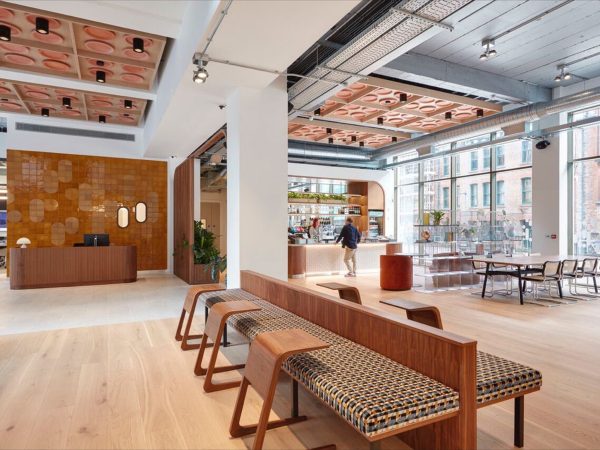
Linley House
A Heritage Restoration Transforming Manchester's First Power Station into a Modern Workspace
Linley House breathes new life into Manchester’s former power station, transforming three floors into a dynamic co-working hub. Anchored in heritage, the interiors blend industrial character with contemporary workplace sensibilities — delivering café, office, meeting, and breakout zones that feel both rooted and progressive.
The design embraces the building’s industrial past through a carefully curated palette of retro tones, material textures, and detailing. Terrazzo-style finishes, glazed tiles, ‘60s-inspired patterns, bespoke upholstery fabrics, walnut timber accents, and anodised metals are woven into the interiors to evoke both warmth and authenticity. These heritage cues are thoughtfully juxtaposed with modern workplace fittings and infrastructure, creating a dialogue between then and now.
Public and social zones invite interaction: the café and breakout areas offer visual transparency, generous daylight, and comfortable seating arrangements that support informal meetings and spontaneous conversation. Deeper inside, quieter workspaces and meeting rooms use acoustic regulation and controlled light to foster focus and privacy, while maintaining visual connection to the larger interior framework.
Furniture and layouts were selected for adaptability: modular tables, moveable partitions, and flexible seating configurations ensure the space can shift to accommodate different occupier needs — from small teams to larger gatherings. This flexibility means new users can move in quickly, with minimal refit.
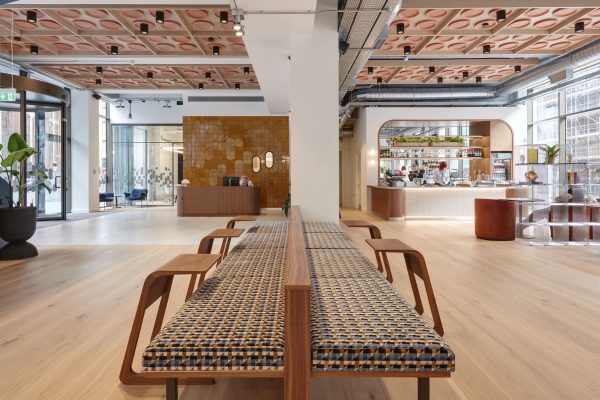
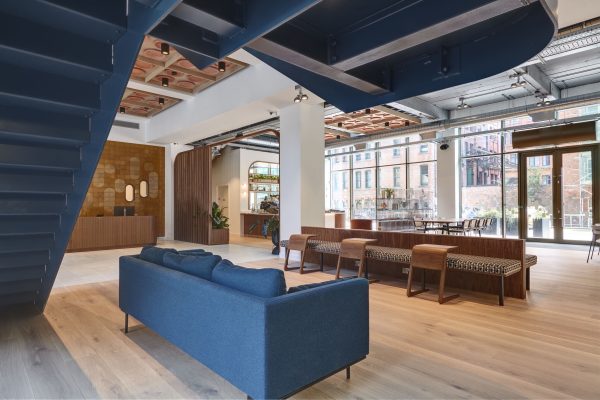

Value
Linley House is more than a refurbished building — it’s a strategic interior asset. By embedding personality and contextual references into the interiors, it attracts tenants seeking characterful environments. At the same time, the highly configurable spatial layout allows for efficient leasing and operations, supporting rapid tenant onboarding.
The design achieves a balance between aesthetic appeal and operational pragmatism: everything from lighting, power distribution, and acoustic planning to circulation flow and amenity provision is calibrated for long-term usability and adaptability.
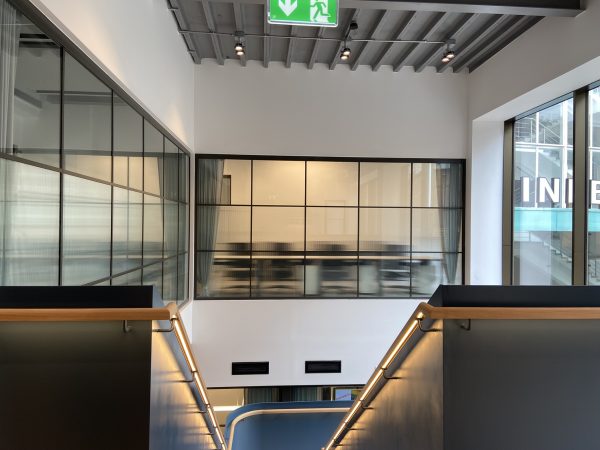
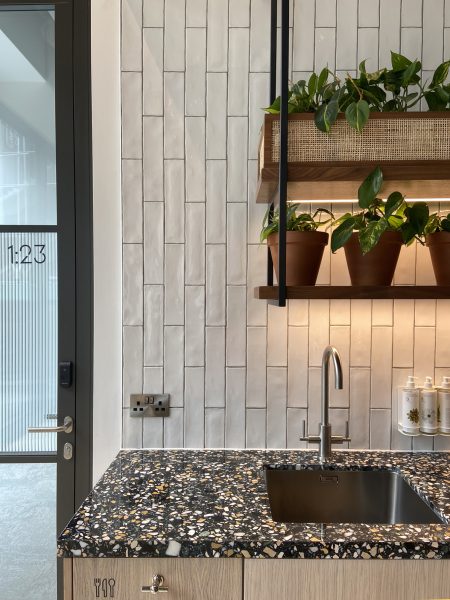
Impact
The new interior identity positions Linley House as a premium workplace destination in Manchester, fostering an environment where small businesses and co-working communities can thrive. Its blend of collaborative zones and focused workspaces meets a spectrum of user needs, enhancing tenant experience and retention.
Operationally, the flexibility built into the interiors allows move-ins within as little as 24 hours from enquiry. This responsiveness reduces downtime and enhances the building’s attractiveness to fast-moving businesses.
Built for people, shaped by history: an interior that adapts to its users while celebrating its past.
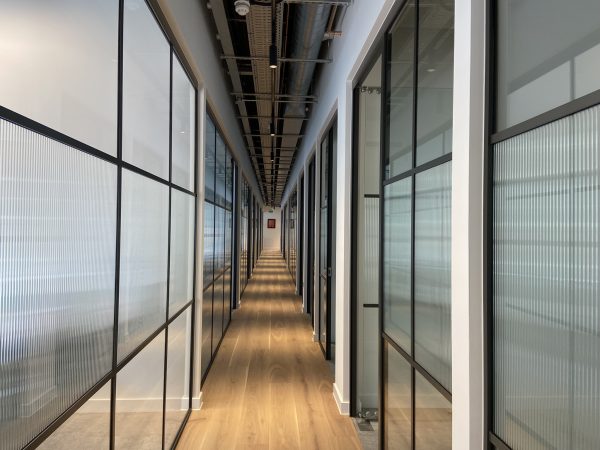
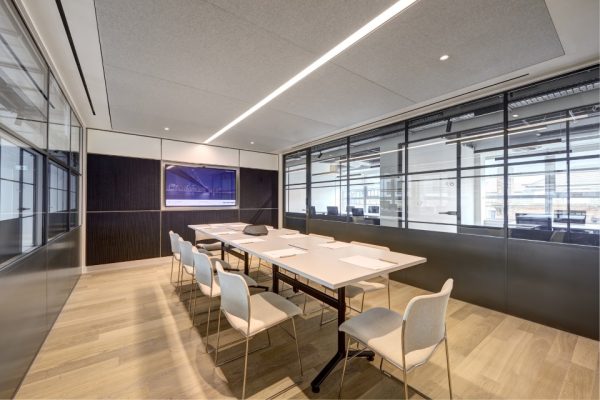
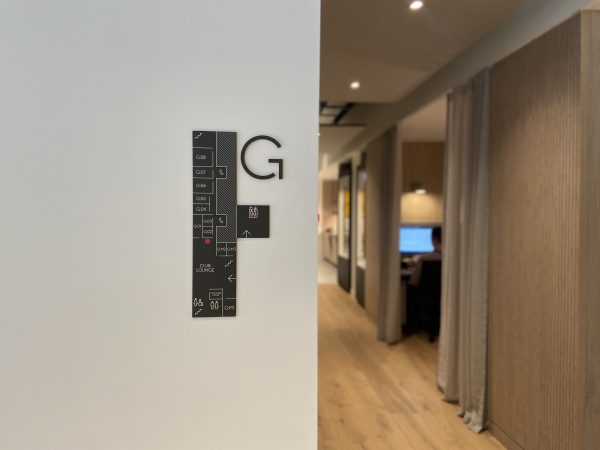
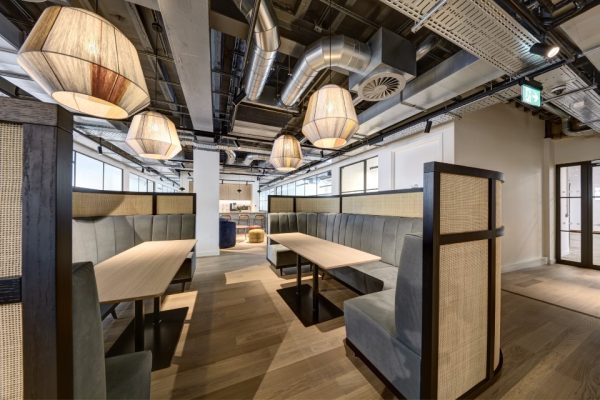
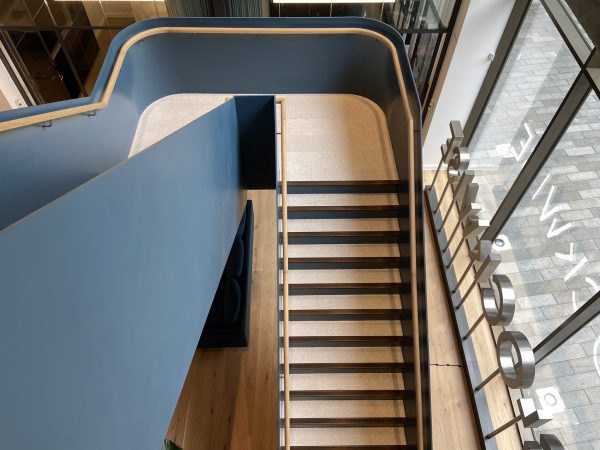
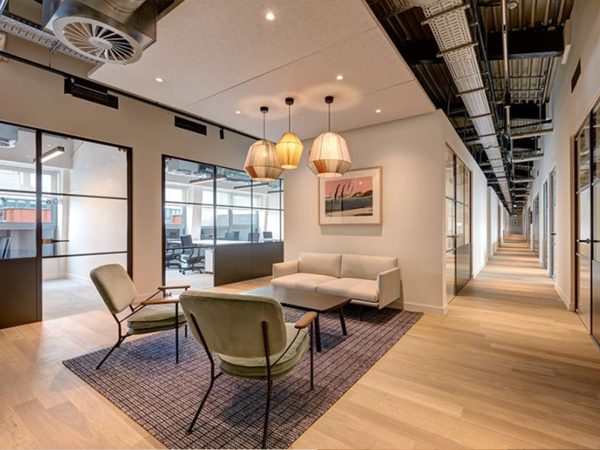
Sustainability
Linley House exemplifies how restoration and interior design can come together to reduce environmental impact. By retaining and reusing original fabric and materials, the project reduces embodied waste and celebrates heritage. New finishes were chosen for their cradle-to-grave credentials, durability, and low environmental burden.
Support for sustainable commuting was integrated into the design via generous cycle storage, drying rooms, and showers — making it easier for users to choose low-carbon travel options.
Across the board, Linley House demonstrates how considered interior design can renew historic structures into high-performing, future-ready workplaces.
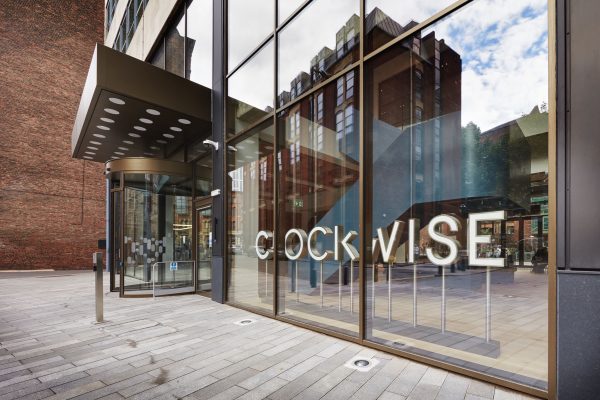
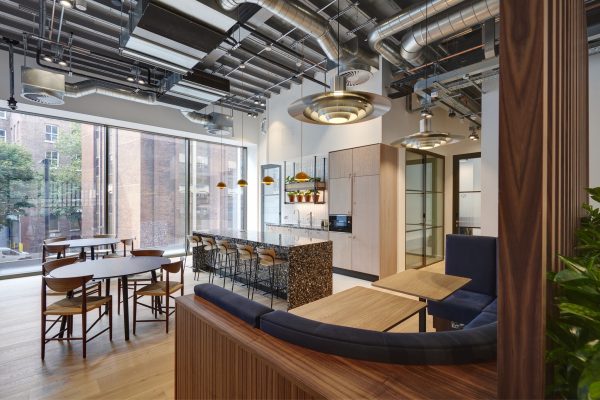
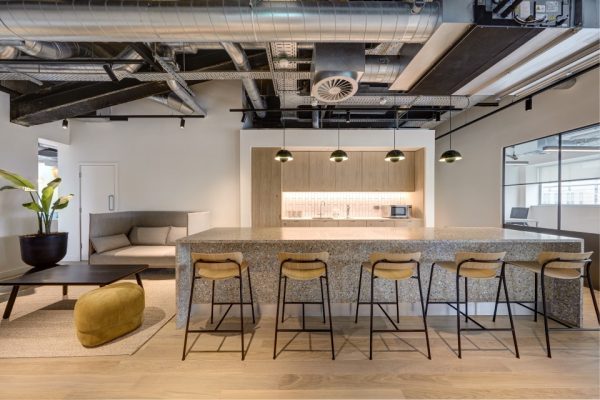
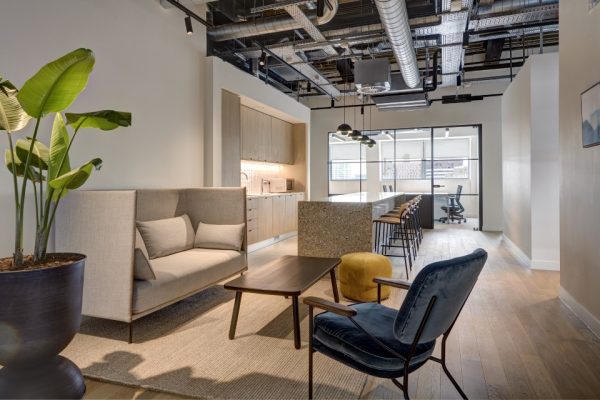
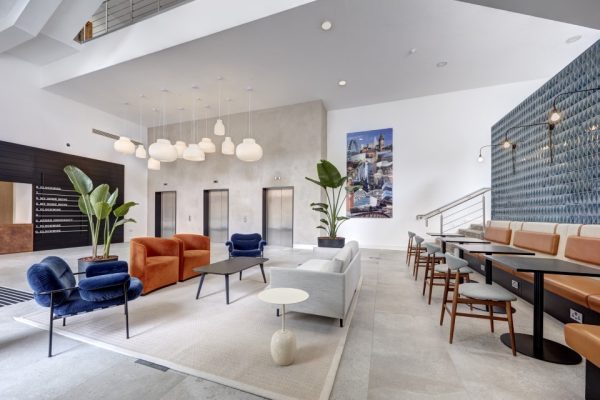
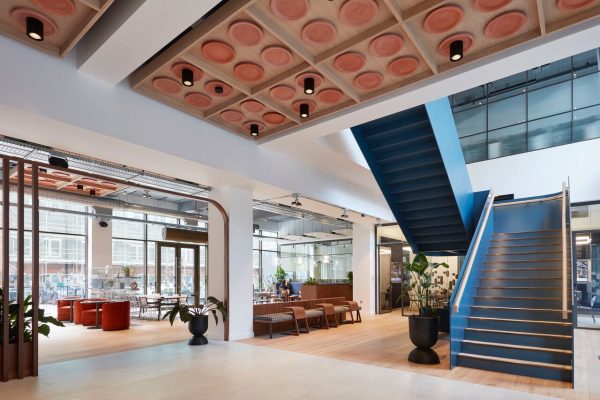
Details
Information
Scope Full Interior Design services Status Completed Completion Date 2022 Location Manchester Value £3.5mCollaborators & Partners
Landscape Architect Weddles Interior Designer Fairhursts Principal Contractor RG Group Architect Hodder and PartnersAwards
Mixology Awards - Workplace Interiors Project Of The Year (15,000 To 30,000 Sq Ft) 2022
Get in touch:
Laura, Director
